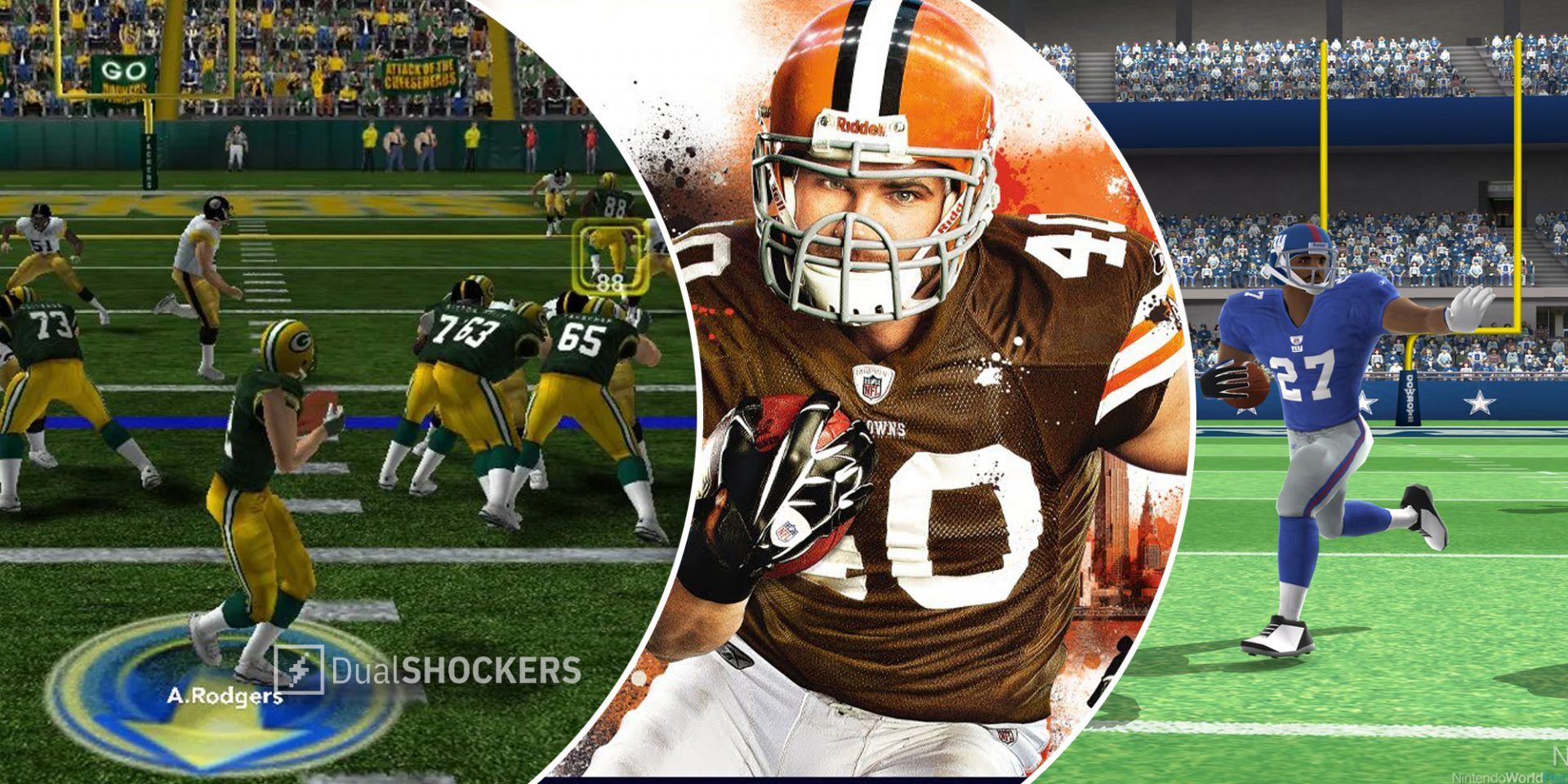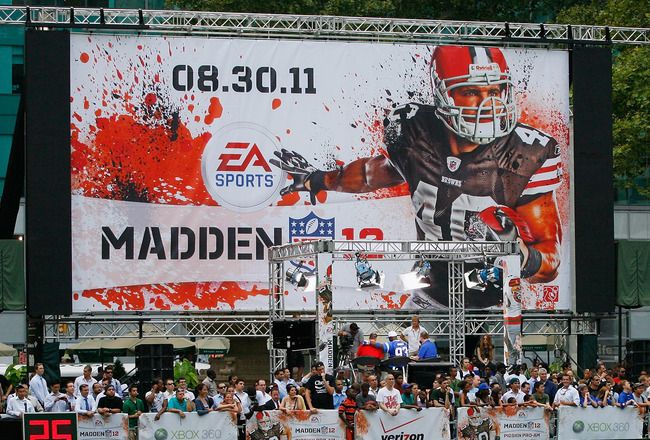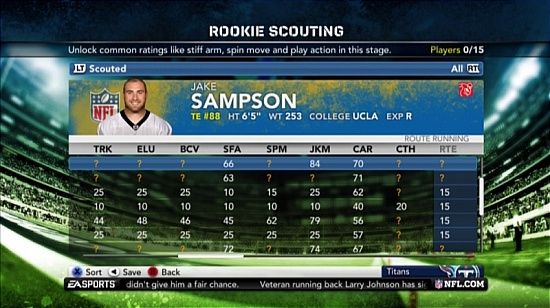Madden has been in a strange spot the last 10 years. The massive financial opportunity presented by card-collecting modes starting with FIFA 2009 started a sizable shift in the genre that it still doesn’t really know how to handle. Even MLB the Show, despite its consumer-friendly practices, has seen the series reduce focus on Franchise mode and other single-player features over the last few years. While Madden Ultimate Team technically started in Madden 10, the modern version of the mode players would recognize did not start until Madden 12. This entry not only marked the true debut of the now bread-and butter feature of EA Sports games, but also the end of an era for the Franchise mode in the series.
Madden 12, at the time of release, was not exactly met with high praise compared to more lauded titles such as 05 and 08. That being said, many players today would kill to have a game with as many new features as Madden 12 had.
One of the highlights of Madden 12 was the UI. The game opts for a minimal style that keeps most dropdown menus to the far left of the screen. By today's standards it was well ahead of its time, but it was somewhat unpopular during the game's life cycle. The game also marked the last time the traditional fantasy draft franchise menus were separate from the rest of the game. Future titles featured the regular draft UI and system from the game rather than keeping them separate. This made pulling up player ratings and information much more difficult.
Draft scouting made its debut with Madden 12, and while hardly perfect, it showed a serious dedication by EA Sports to making the offseason experience as true to life as they could at the time. It was the first time players could trade for future draft picks, and there was some major offseason changes was to free agency. The Madden titles that came before and after do a traditional ‘best offer’ system that allows you to compare your offer to other clubs before advancing a week. Madden 12, on the other hand, had a bidding system. A bid put in on a player immediately made you the favorite to land that player, and a running timer would start as soon as a player had a bid placed on them. If you were not the highest bidder by the time the timer ran out, that player would sign and you would have missed out. The hectic feeling this brought to the offseason was a huge change of pace, and plenty of fun.
It’s not hard to see why some fans yearn for a return to a game like Madden 12. That yearly release started in a rather auspicious way, with the first ever fan-voted cover athlete. The final vote ended up between Cleveland Browns Fullback Peyton Hillis - coming off a one-year-wonder season that everyone at the time knew was just that - and Eagles Quarterback Michael Vick, who was just coming off a year-long suspension and jail stint for dogfighting. The cover went to Peyton Hillis who, given his subsequently disappointing career trajectory, didn't exactly help the game's branding over the next few years.
Madden 12's UI
Madden 12 particularly shines in contrast to its follow-up, Madden 13, which not only was the first game to fully embrace Ultimate Team, but also the first to use the controversial Infinity engine. While Madden 12 hardly felt realistic, the gameplay was far snappier and more responsive than 13. Madden 13’s new engine made movement feel very sluggish and unresponsive. Visually it was more impressive, but this was at the cost of a snappy and intuitive gameplay. Franchise mode was also condensed into this bizarre Player/Coach/Owner subsystem - three supposedly unique branches that all felt the same. The UI system and core throughline can be seen even in today’s iterations of Madden, showcasing just how little EA Sports has come with the game mode in the 10 years since.
Madden 12's scouting system
With Madden 13 being the last year before the shift over to the next-gen consoles of the time, the PlayStation 4 and Xbox One, 13 became the mold for Madden going forward, which meant that Madden 12 was too soon forgotten. Some have come around on Madden 12 in the years since and appreciated what the game did differently, and future Madden titles could learn much from its eagerness to change the status quo.




